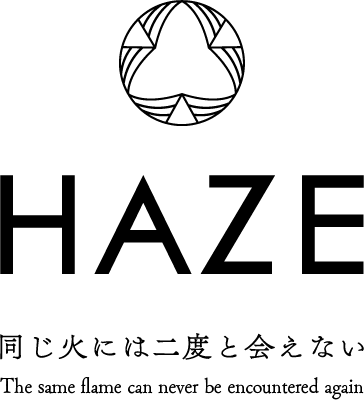【ご予約受付中】
2024/7/21(日)和蝋燭作り体験・大阪

人類と火
人類がまだ原人だった頃、「火」は自然現象の一つでした。
神という概念がなかった当時、
雷から出現する火の存在は神秘であったに違いない。
ふとした時、外敵が火を避けることを知りやがて身を守る武器となり、
肉を焼き暖をとる道具へと進化する。
そうしていつしか火は神聖視されるようになり火炎崇拝へと発展していく。
闇を照らし智恵の象徴とされる光の源は、
世界平和を目的としたスポーツ祭典の象徴とされ、
採火の風景は原始的な儀式のように映る。
When humans were still primitive, “fire” was a natural phenomenon.
At that time, when there was no concept of God, the existence of fire emerging from lightning would have been a mystery.
Unexpectedly, knowing that enemies avoid fire, it became a weapon for protection, a tool for roasting meat and to keep oneself warm.
Eventually, fire was considered sacred and evolved into flame worship. A source of light that illuminates darkness and symbolizes wisdom, it is considered a symbol of sports festivals for the purpose of world peace,
and the landscape of lighting a sacred flame by the light of the sun in any era is seen as a primitive ritual.
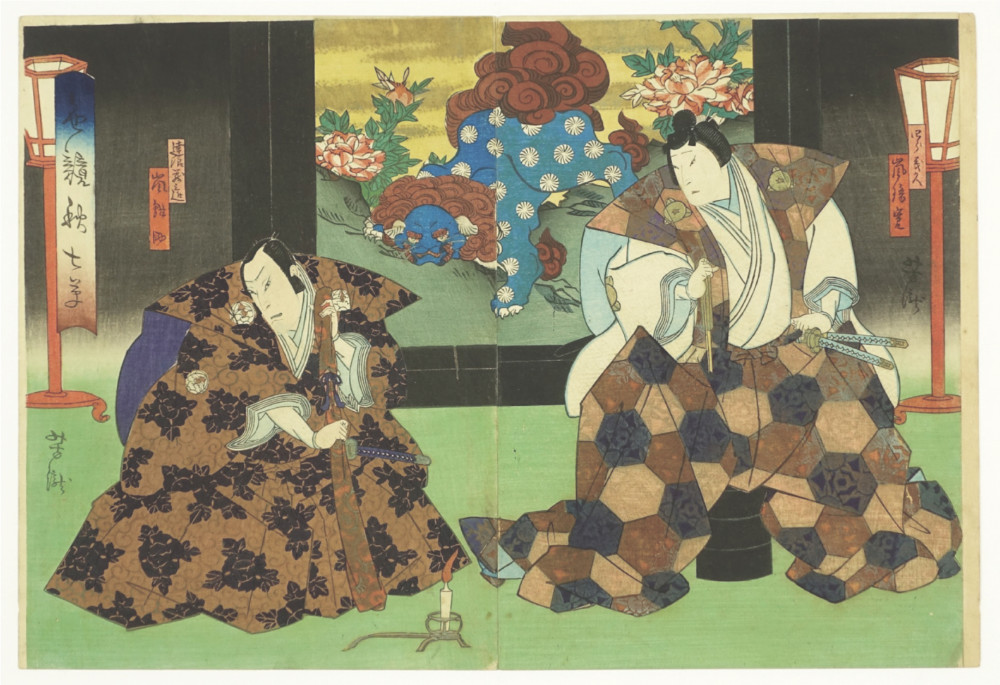
日本古来の和蝋燭
大昔中国より仏教の伝来と共に蜜蝋燭が日本へ伝わる。
蜜蝋に変わる類似品を模索し、松脂を経て櫨蝋へと辿り着いた。
櫨蝋を用いた和蝋燭が手で塗り重ねて作られる起源は不明であるが、
なんとも日本人らしい。
あれこれと工夫し独自のものに作り替える能力と、
手間を惜しまないある種の忍耐力が日本古来の和蝋燭を生み出した。
明治時代に⻄洋からパラフィンロウソクが日本へ入ってくるが、
その製造方法と原料は似て非なるものである。
Ancient Warosoku (Japanese candles)
Beeswax candles were introduced to Japan with the arrivalof Buddhism from China many years ago.
The search for an alternative to beeswax led to the use of pine resin, and thento wax tree wax.
The origin of Warosoku made of wax and coated over by hand is unknown, but it is very Japanese.
The ability to devise and rework this way and that into something unique, and a certain patience to spare no pains, gave birth to the ancient Japanese wax candle.
Paraffincandles were introduced to Japan from the West during the Meiji period (1868-1912), but their production methods andraw materials were not similar.

櫨蝋
櫨蝋(はぜろう)はウルシ科の櫨の木の実を原料とします。
櫨畑の管理から蝋の抽出まで主に福岡県と⻑崎県で行われています。
収穫された櫨の実は砕いた後、蒸して絞り出します。
絞り出したそのままの蝋を木蝋(もくろう)
三ヶ月の天日干しによって白くしたものを白蝋(はくろう)と呼びます。
灯芯
和蝋燭の芯は、和紙とい草の髄(ずい) と木綿で構成されており、
生産は奈良県で行われています。
筒状にした和紙に、い草の髄を巻きつけ木綿でとめます。
もちろん全てが手作業です。
Wax
Rhus sumac wax is made from the nuts of the sumac tree,
which belong to the poison oak family.
From the management of the sumac fields to the extraction of wax, the process is carried out mainly in Fukuoka and Nagasaki prefectures.
The harvested sumac nuts are crushed, steamed, and thewax squeezed out.
Wick
The wick of a Japanese candle is made of Japanese paper, Igusa grass and cotton.
The pith of the Igusa grass is wrapped around cylindrically with Japanese washi paper and sealed with cotton. Keeping with tradition, everything is done by hand.
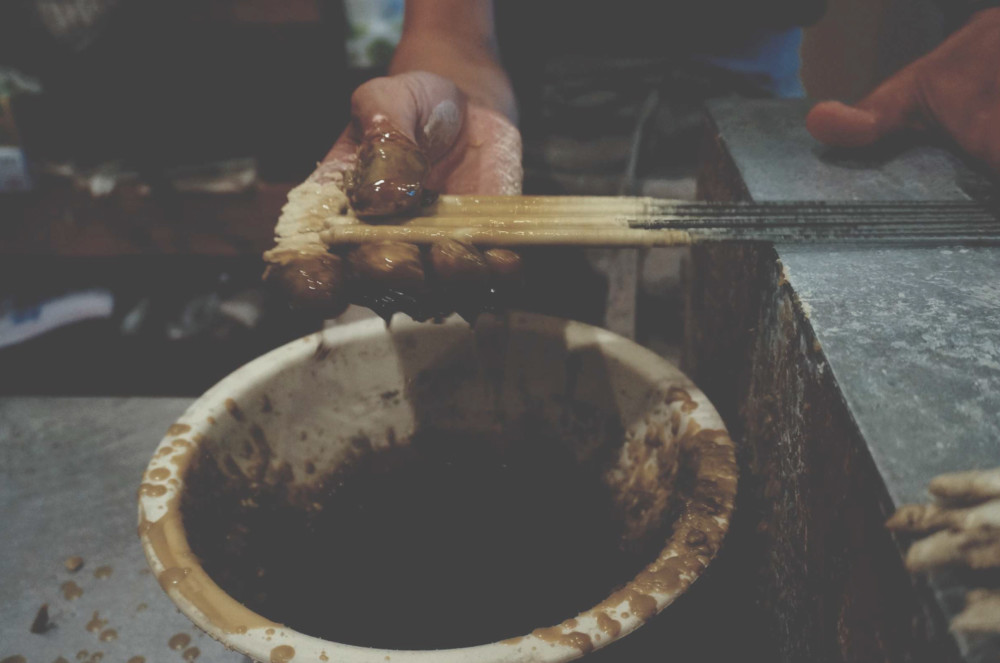
手掛け製法
和蝋燭はすべて灯芯に溶かした蝋を手で塗り重ねる「手掛け」という技法で製作しております。
手で塗り重ねた和蝋燭の表面には手の跡が残り、断面は年輪模様に仕上がります。
創作を志すきっかけにもなった一本の和蝋燭は、
今は無き滋賀県のとある和蝋燭職人によって生み出されたものでした。
その和蝋燭には一切の主張・自我がなく、素朴が極まった美しさがありました。
「無の美」とは「無限の美」であり、空虚な美しさを求めて創作しております。
The “Tegake Technique”
The candle is made using the “Tegake Technique” in which melted wax is applied to the wick in layers by hand.
The surface of the candle leaves traces of the creator’s hand and the cross section of the candle is finished with a pattern reminiscent the inside of a tree. For this reason, I feel a strong affinity with the tree like German Baumkuchen cake.
The production process of both Japanese candles and Baumkuchen is fascinating to watch.

灯火
和蝋燭は芯が溶けた蝋を吸い上げながら灯ります。
風に煽られず綺麗に灯れば蝋は垂れません。
また大きな灯火と時折パチパチという音を上げながら灯ります。
植物由来のため石油を原料とするパラフィン蝋に比べてススが少ないのも特徴です。
ちょっとした焚き火気分を味わえる灯火です。
最後は少しの焦げを残し、跡形もなく燃え尽きます。
Lights
Japanese candles are lit while the wick sucks up the melted wax.
If the candle is not agitated by the wind, the wax will not drip if the candle is lit properly.
They are also characterized by a large flame and low soot content.
Because it is derived from plants, there is less soot than paraffin wax, which is made from petroleum.
At the end of lighting, the candle burns out without a trace, leaving a small char.
The end of life is the same for both people and candles.
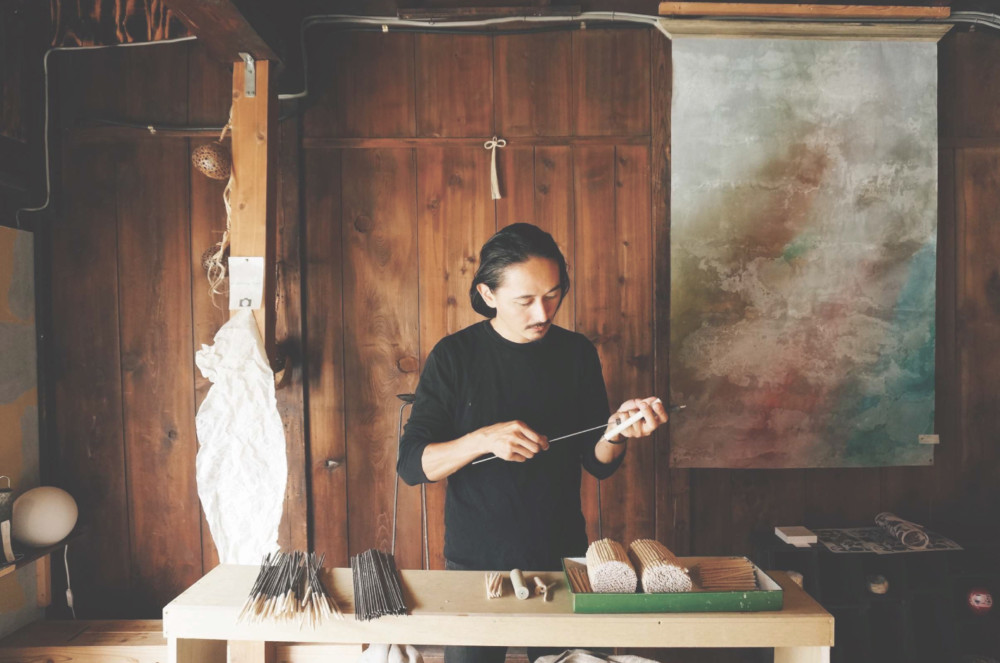
HAZE | ヘイズ 同じ火には二度と会えない
2012年 和蝋燭の研究と創作を開始。
現代の生活に寄り添う「生活道具」としての和蝋燭を展開。
原料は櫨蝋、い草の灯芯を用いることを徹底し、
日本の分業というあり方を尊重しながら
和蝋燭を後世に残していくべく日々創作活動を行なっております。
いずれ無くなる儚さを和蝋燭で表現すべく、
霞=haze と櫨(ハゼ) をかけてブランド名を HAZE としました。
創作、デザイン、広報を含め 4 人体制で活動しております。
Origin of HAZE
The beauty of Japanese candlelight, like cherry blossoms, lies in its transience and gracefulness.
People are moved because they find beauty in the transience of things thatwill eventually disappear, and this excitement makes room in their hearts, which in turn creates a richness of spirit.
To express the “uncertainty” of things that will eventually disappear with Japanese candles,
I combined the words “heat haze” and wax tree (haze in Japanese) to create HAZE.
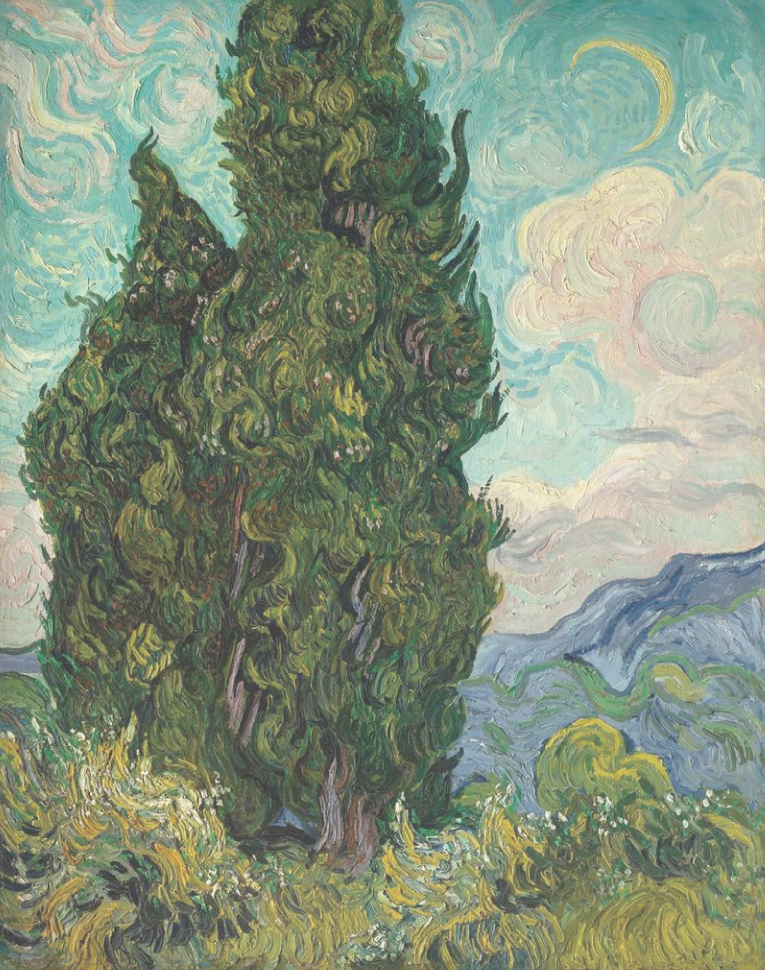
グラデーションシリーズ
古い時代、冬に花が採れなかったことから和蝋燭に花の絵を描き仏壇に供えたことが「絵蝋燭」の起源です。
夕焼け空や天体、感銘を受けた物や事を描いた絵画としての HAZE オリジナル絵蝋燭シリーズです。
Gradation Series
In old times, when flowers could not be harvested in the winter,
people painted pictures of flowers on Warosoku and offered them on Buddhist altars.
The series of HAZE original picture candles as paintings depicting sunset skies, celestial bodies, and mental landscapes.
This is a series of HAZE original picture candles as paintings.
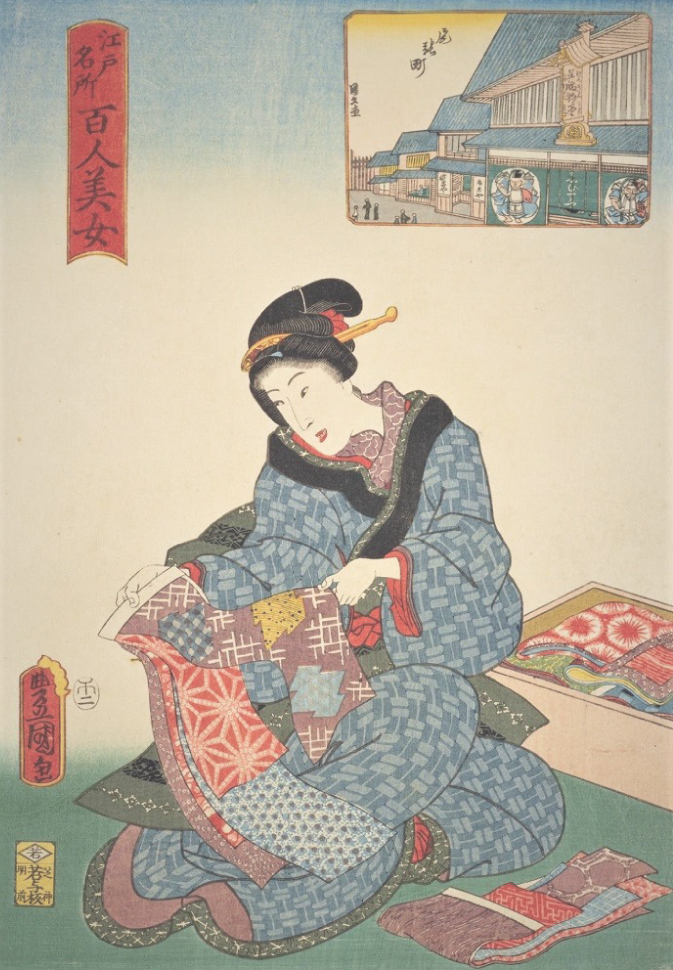
草木色シリーズ
植物から抽出した色素で色付けした和蝋燭。
日本には四季が存在し、その季節ごとに美しい自然の色彩が溢れています。
そうした環境で生まれ育った日本人にとって、
色彩は楽しみのひとつとして着物や浮世絵に用いられてきました。
こうした日本の文化を植物の色素で表現したシリーズです。
Plant Pigment Series
Wax, wick, and coloring are all derived from plants. In Japan, all four seasons are enjoyed and celebrated in their own way.
Each season is cherished for their beautiful natural colors.
For Japanese people, seasonal colors have been used in kimono and
Ukiyoe woodblock prints as a form of enjoyment for generations.
As Japanese people place importance on the harmony of the color scheme of the collar and cuffs of layered garments, in 2021, we started to use plant dyes as a coloring medium, inspired by “dyes that would have existed even in the colorful Edo period”.
〒350-0062
埼玉県川越市元町1-12-6
1-12-6,Motomachi,Kawagoesi,
Saitama,350-0062,Japan
Instagram:haze.jp
Mail:info@haze.jp
Phone:070-5563-4862
Open:11:00/Close:17:00
アクセス
バスのご案内
【川越駅〜札の辻】
1番のりば 東武バス [川越01]神明町車庫行
2番のりば 東武バス [川越02] 八幡団地行
時刻表
【本川越駅〜札の辻】
5番のりば 東武バス [川越01]神明町車庫行
時刻表
